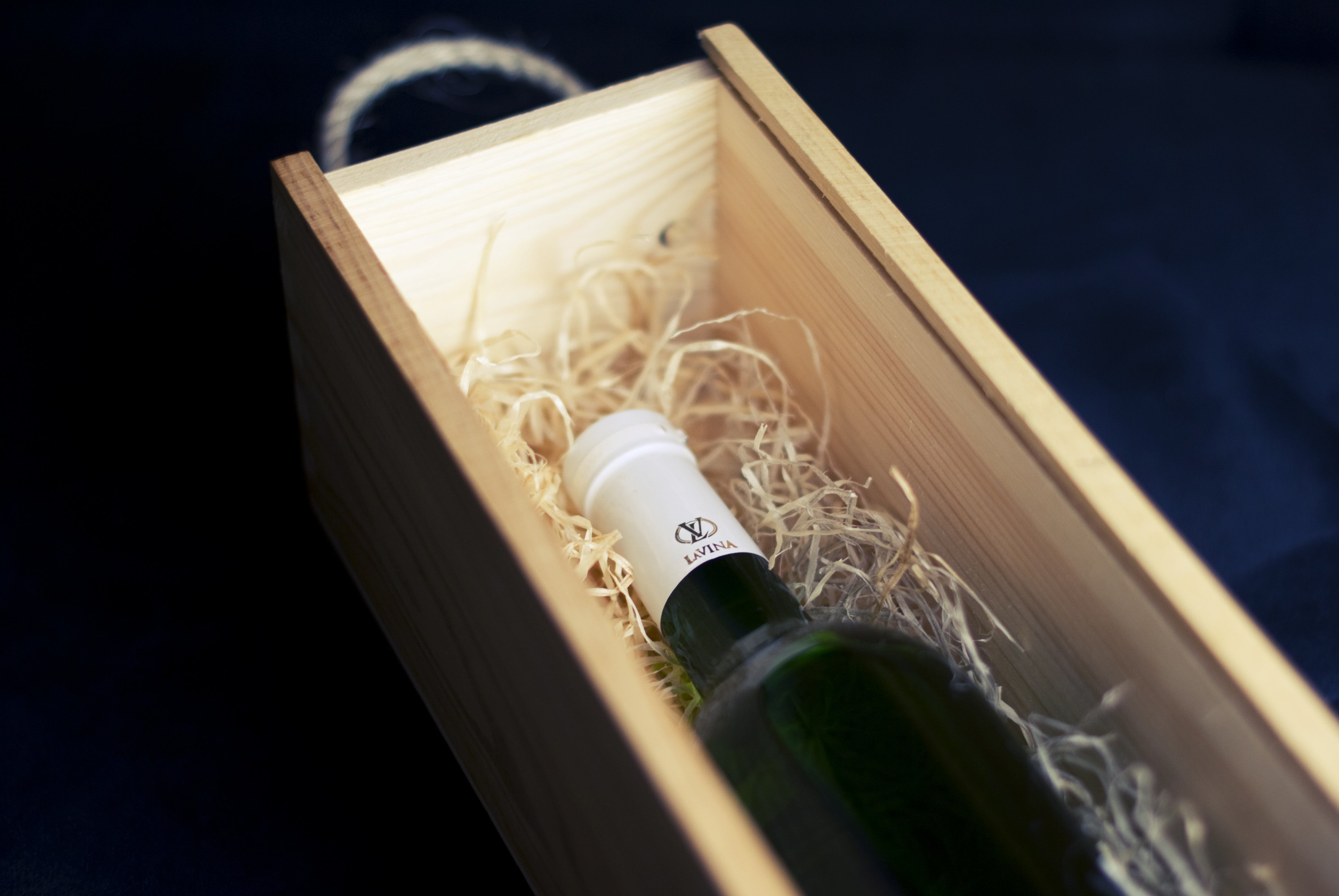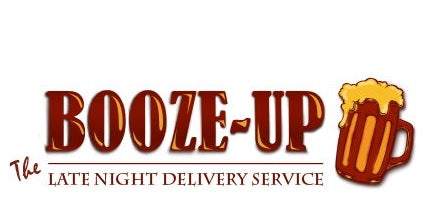Top 7 Tips on How to Read a Wine Label

Top 7 Tips on How to Read a Wine Label
Want to really impress your friends or someone new that you’ve met? Then talk to them about the art of reading a wine label. While some readers may be scratching their heads wondering what is so special about a wine label, we won’t keep you hanging, but break it to you here and now. Wine bottles have two labels. The pretty one at the front that catches your eye as you walk down the aisle in the supermarket or cellar franchise, screaming buy me, buy me, and the informative one on the back.
Wine labels can become quite interesting depending on where it is both made and sold. Different countries have different regulations about the compulsory information required to be provided on a bottle, so for people who enjoy travelling this can become a novel pastime as you traverse the globe.
The thing that will catch anyone new wine label reading is that sometimes most of the information is in fact on the front label. So, for a little guidance on how to enjoy the wine and know everything about it, here goes:
- Establish whether the wine is labelled according to the European system or the American system, The European system is known as Appellation (Where the wine comes from) labelling and the American system is known as the Varietal (What kind of grape was used to make it) system. This article covers wines of origin in Europe.
- The very first thing you’ll want to do is establish where the wine was made. On European labels, this is quite easy. It’s usually right at the top and says, wine of France, wine of Spain or a similar descriptor. This is the wine’s appellation. There are certain countries in Europe that will make it an old world wine. These are France, Italy, Germany, Spain, Portugal, Austria, Greece, Romania, Georgia, Croatia, Hungary, Switzerland, Lebanon and Israel. These wines are usually lighter, have a more restrained taste and the countries are those that were where wine was first made.
- As you browse the label, you will find usually right at the bottom designation of quality. All old world wines are regulated and graded in this way, so you’ll start to notice several codes on the bottles in descending quality order:
- France: AOC – Appellation of controlled origin, VDQS – Wines of Superior quality, Vins de Pays – Country wine and Vins de table – table wine.
- Germany: QmP – Quality wine with special attributes, QbA – Quality wine from specific appellations, Deutscher Landwein – Superior Table Wine, Deutscher Tafelwein – Simple Table Wine.
- Italy: DOCG – Denomination of controlled and guaranteed origin, DOC -Denomination of Controlled Origin, IGT – Typical geographical indication, Vini di Tavola – Table Wines.
- Spain: DO – Denomination of Origin, DOC – Denomination of Qualified Origin
- Portugal only has one classification of good quality wine – DO – Denomination of Controlled Origin.
- Find out what the vintage of the wine A vintage wine is a wine that is made the same year that the grapes are harvested and are left to age. Most wines will fall into this category. Non-vintage wines are made from a blend of different grapes from different years of harvesting and are not meant to be aged. First look for it on the front label. If you can’t find it, there have a look on the back label, and you may even surprise yourself by finding it on a sticker around the neck!
- Finding the region of origin. In Europe, most wines are labelled according to the region they come from rather than the grape they have been made with. The trick in understanding this is that certain grapes grow in certain regions and so by identifying the region you’ll come close enough with practice to identifying the wine. A red Burgundy, for example, will be a Pinot Noir. Fruity Germanic wines are produced in Alsace in France. Cabernet Sauvignon and Merlot both come from Bordeaux and of course Champagne produces those fabulous sparkling wines. Chianti incidentally is not a type of grape, but rather an Italian region that produces this type of wine.
- Identify region specifics – You’ll know you’re drinking a higher quality wine when the region is quite specific, Meursault in Burgundy is known for its very high-quality Outside Bordeaux is a small town called Saint-Emilion where some of the best Merlot blends are made. If you see this name on the label, you’ll know that you are drinking a top notch wine.
- Whoever thought that looking at the shape of a wine bottle would tell you anything about the wine? In Europe, this is certainly the case.
- Bordeaux wines are bottled in high shouldered straight bottles, green glass contains reds, and clear glass bottles contain whites.
- Burgundy, the Rhone and the Loire in France all use gently shouldered bottles, and when these bottles occasionally appear outside of France, thy are likely to contain Chardonnay or Pinot Noir.
- Tall, slender bottles will usually contain German wines containing Riesling, Pinot Blanc, Pinot Gris, or sweet dessert wine.
Now that you can read European wine labels, it’s almost like speaking a foreign language, and you may well be able to gauge the ability of the waiter that serves you next time you’re in a posh restaurant.










